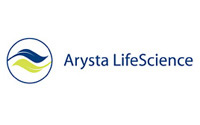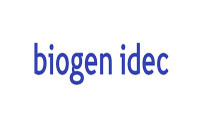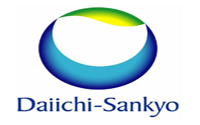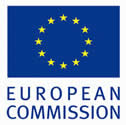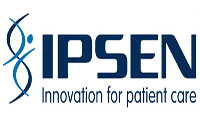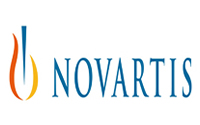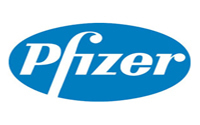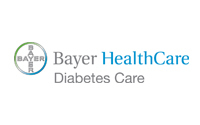Orphan medicines for rare diseases
‘Orphan medicines’ are drugs used for rare diseases. They are orphans because the pharmaceutical industry has little interest, under normal market conditions, in developing and marketing medicines intended for small numbers of patients. Rare diseases are defined as life-threatening or chronically debilitating conditions that affect no more than 5 in 10,000 people in EU. This is equivalent to around 250,000 people or less for each disease.
For this reason, the EU offers a range of incentives to encourage the development of these medicines.
The European Medicines Agency (EMA http://www.ema.europa.eu/ema/index.jsp?curl=pages/home/Home_Page.jsp&mid= ).
is responsible for reviewing applications from sponsors for the designation of medicines for rare diseases. (Orphan designation).
To benefit from the incentives, sponsors intending to develop an orphan medicine must submit an application to the Agency requesting ‘orphan designation’ for their medicine. The application is evaluated by the Agency’s Committee for Orphan Medicinal Products(COMP), which provides its opinion on whether or not the medicine qualifies as an orphan medicine for the treatment, prevention or diagnosis of a rare disease. If the COMP issues a positive opinion, the European Commission may then grant the medicine orphan status.
In the USA, the competent regulatory organ for orphans is the FDA (Food and Drug Administration) whose law, Orphan Drug Act (ODA), was designed in 1983 to facilitate the development and commercialization of orphan drugs. The encouragement takes three forms: tax credits and research aids, simplification of marketing authorization procedures, and extended market exclusivity. In Europe only the last is available.
In an effort to reduce the burden on manufacturers applying for orphan drug status, the FDA and EMA agreed in late 2007 to utilize a common application process for both agencies. However, the two agencies will continue to maintain separate approval processes.
Orphan drugs generally follow the same regulatory development path as any other pharmaceutical product, in which testing focuses on pharmacokinetics and pharmacodynamics, dosing, stability, safety and efficacy.
Under the ODA and EU legislation, many orphan drugs have been developed, including drugs to treat glioma, multiple myeloma, cystic fibrosis, phenylketonuria, snake venom poisoning, and idiopathic thrombocytopenic purpura.
For further information about orphan drugs, see also:
http://www.ncbi.nlm.nih.gov/pmc/articles/PMC2996062/
http://www.ncbi.nlm.nih.gov/pmc/articles/PMC1885017/
In Italian:
http://www.iss.it/orfa/chis/cont.php?id=79&lang=1&tipo=10
http://www.osservatoriomalattierare.it/farmaci-orfani



